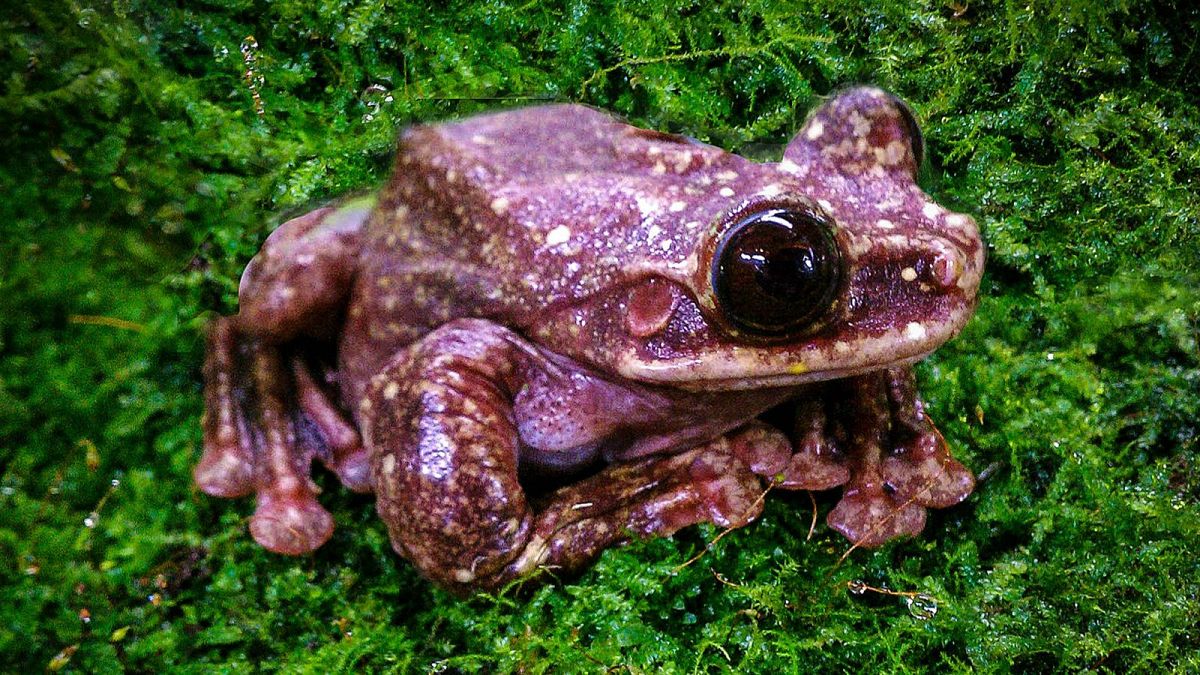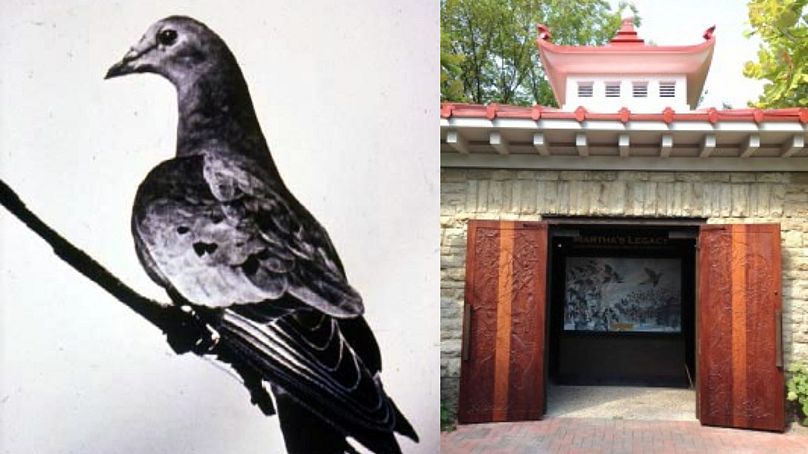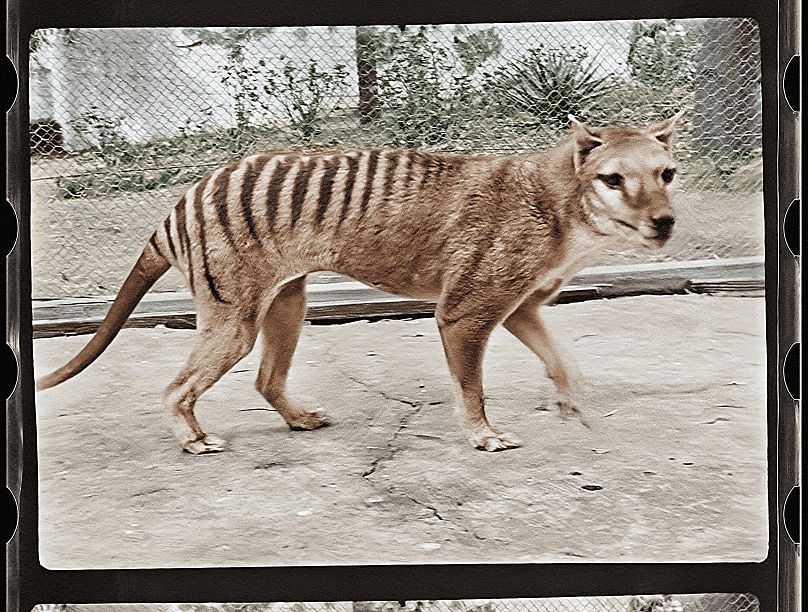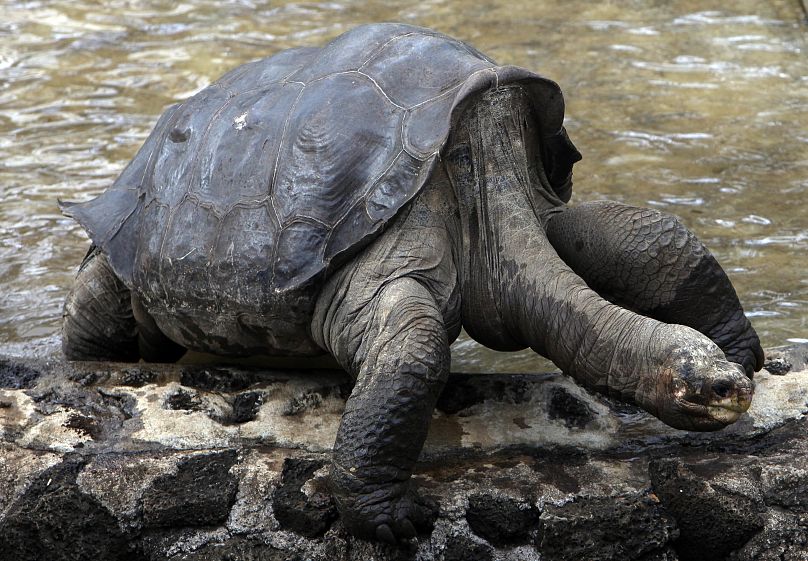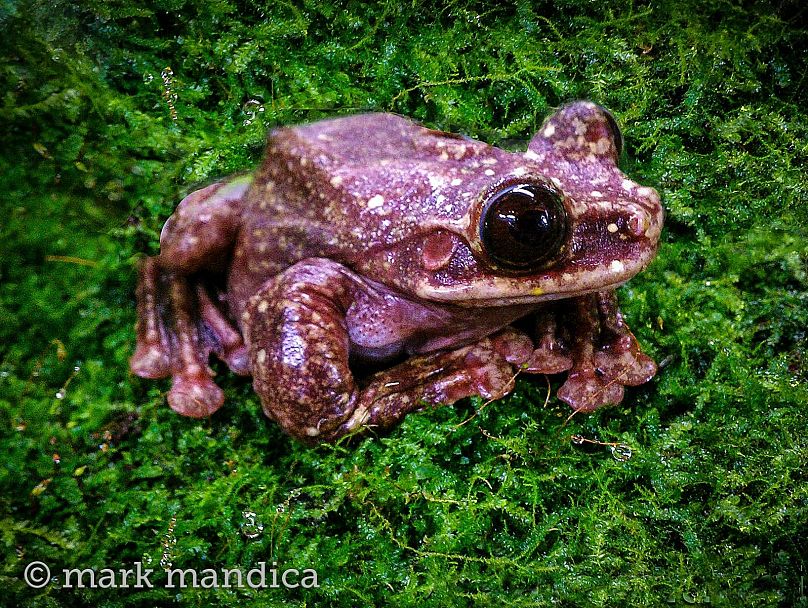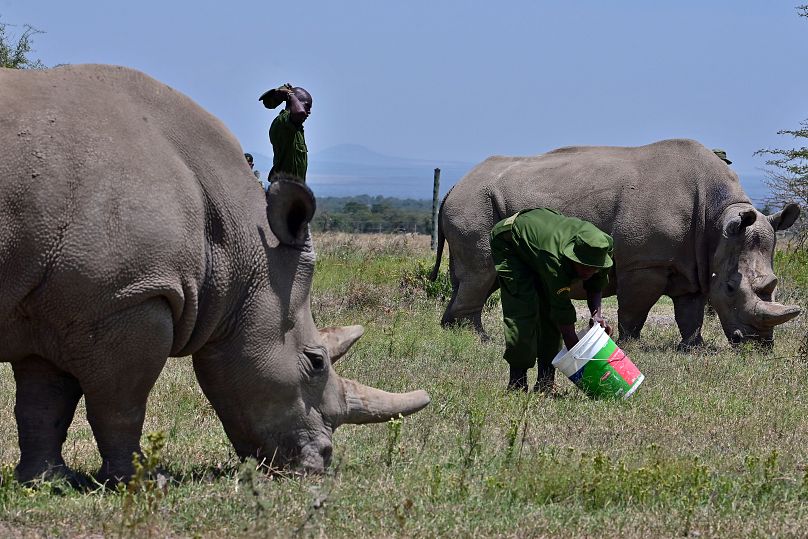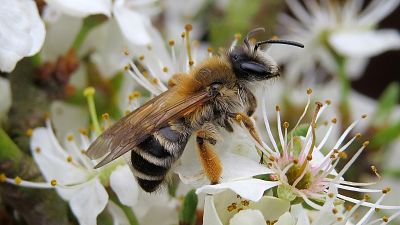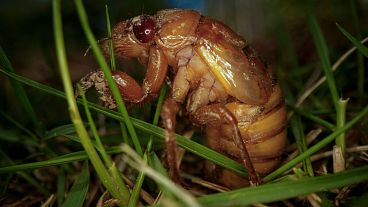From Martha the pigeon, to Toughie the tree frog - here are just a handful of the iconic endlings driven to extinction since 1914.
“It's very important that the world knows Toughie was a perfect gentleman. A handsome, handsome frog. And beloved.”
Amphibian biologist Mark Mandica’s tribute to Toughie - the last Rabbs' fringe-limbed tree frog who died in 2016 - voices the profound grief that comes from caring for an ‘endling’.
Up to 10,000 species go extinct every year, according to WWF, as human activities continue to drive what scientists have confirmed is a sixth mass extinction event.
It’s near impossible to grapple with the scale of the biodiversity crisis, but familiarising ourselves with just a few of these endlings - especially ones as beloved as Toughie - helps put it into emotional terms we can begin to process.
Their stories serve as reminders of how other species are navigating the world in depleting numbers - species that can still be saved.
And World Animal Day today (4 October) is a timely occasion to think about how we can improve their welfare and chances of survival.
Martha the passenger pigeon - 1914
Martha, the last known passenger pigeon, passed away at America’s Cincinnati Zoo in 1914. Her death marked the first documented extinction of a species at the hand of man, according to the zoo.
“By the time we realised the passenger pigeon was in real trouble, it was too late,” it states. After the last known wild pigeon was hunted to death in Ohio in 1900, a single captive flock existed at the zoo.
Breeding attempts failed, and by 1910 only Martha was still standing. “A reward of $1,000 [around €900, or €27,000 in today’s money] was offered to anyone who could supply a mate for Martha, but none was found,” it adds.
There’s an aura of ritual surrounding the passenger pigeon’s demise. Martha’s body was frozen and now resides at the Smithsonian in Washington, DC.
At Cincinnati, one of the zoo’s early bird aviaries has been preserved as a memorial for her. Inside, an exhibit “serves as a reminder to all of the tragedy of extinction and pleads with visitors to consider how their actions affect wildlife.”
Benjamin the Tasmanian tiger - 1936
The Tasmanian tiger - or thylacine - is undoubtedly one of the most iconic species to have gone extinct in the twentieth century.
Declared the last of his line, Benjamin was captured in the wild and kept at Hobart Zoo, where he died a few years later in 1936.
Historic video footage of him pacing behind bars is distressing to watch. And, not yet 100 years later, it stretches the imagination to make room for this now strange-looking creature, with the black stripes of a tiger, the pointed nose of a dog and the pouch of a kangaroo.
The largest carnivorous marsupial of the modern age, Tasmanian tigers were driven to extinction by hunting (there was a government bounty over their heads until 1909), disease, and habitat loss following European colonisation.
It’s been hard for people to lay to rest such a unique and charismatic animal. Reported sightings continued for decades. Last year researchers at the University of Melbourne announced their intention to bring the species back to life.
Lonesome George the giant Galápagos tortoise - 2012
The last known representative of the giant Galápagos tortoise subspecies Chelonoidis nigra abingdoni, Lonesome George lived out his final years at the Charles Darwin research centre in the Galápagos Islands.
He is thought to have been about 100 years old and could have lived to 200, but was found lifeless by a Galápagos National Park ranger in 2012, bringing his circa 10 million-year-old life to an end.
George was the sole survivor of waves of attacks by whalers and seal hunters - who killed the subspecies for food and oil - in the Pacific islands.
Relocated from Pinta island in 1972, his habitat devastated by escaped goats, the solitary giant achieved cult status in Ecuador and beyond.
But various breeding attempts including artificial insemination, and one Swiss zoology graduate smearing herself in female tortoise hormones to try and stimulate him, sadly failed.
"[George] had a unique personality. His natural tendency was to avoid people. He was very evasive. He had his favourites and his routines, but he really only came close to his keeper Llerena,” recalled Joe Flanagan, a leading vet who knew George for more than 20 years.
“He represents what we wanted to preserve forever. When he looked at you, you saw time in the eyes.”
Toughie the Rabbs' fringe-limbed tree frog - 2016
Toughie - so named by his carer Mandica’s young son when he learned of the endlings’ plight - died at the Atlanta Botanical Garden in Georgia, US.
On a mini audio documentary featured on the UK podcast ‘Shortcuts’ earlier this year, presented by Josie Long, the amphibian biologist lovingly describes the final years of the Rabbs' fringe-limbed tree frog.
In the early 2000s, a lethal fungus called chytrid struck the frogs’ native Panama rainforests “like a hurricane” - inadvertently brought by humans to an area where amphibians had no resistance.
Researchers hurriedly collected frogs from trees, “pulling them out of a burning building basically,” says Mandica.
Globally, the skin-eating disease is responsible for 90 presumed amphibian extinctions. Amphibians are more threatened, and declining more rapidly, than either birds or mammals - also as a result of habitat loss and climate change.
Toughie’s solitary years at the botanical garden were spent in silence, except for one special moment - recorded by Mandica - when he found the frog “singing” on his own.
“He obviously wanted a mate and that's profoundly sad, because there wasn't one on the entire planet,” the biologist said.
Fatu and Najin, the last northern white rhinos - ?
Najin and Fatu, two northern white rhinos living at the Ol Pejeta conservancy in Kenya, might not yet take their species to the grave.
But the future isn’t looking bright, after the world’s last male northern white rhino, Sudan, passed away at the sanctuary following age-related issues in 2018.
"His death is a cruel symbol of human disregard for nature and it saddened everyone who knew him," said Jan Stejskal, an official at Dvur Kralove Zoo in the Czech Republic, where Sudan had lived until 2009.
"But we should not give up," he told the AFP news agency. "We must take advantage of the unique situation in which cellular technologies are utilised for conservation of critically endangered species. It may sound unbelievable, but thanks to the newly developed techniques even Sudan could still have an offspring."
Artificially assisted reproduction is a possibility for the females, recent vet checks confirmed. The subspecies’ hopes now rest with the development of in vitro fertilisation techniques and stem cell technology, says Ol Pejeta, “costly and complicated procedures that have never before been attempted in rhinos.”
Black, Sumatran and Javan rhinos are also critically endangered - the latter with estimated 18 individuals left - after poaching crises.
